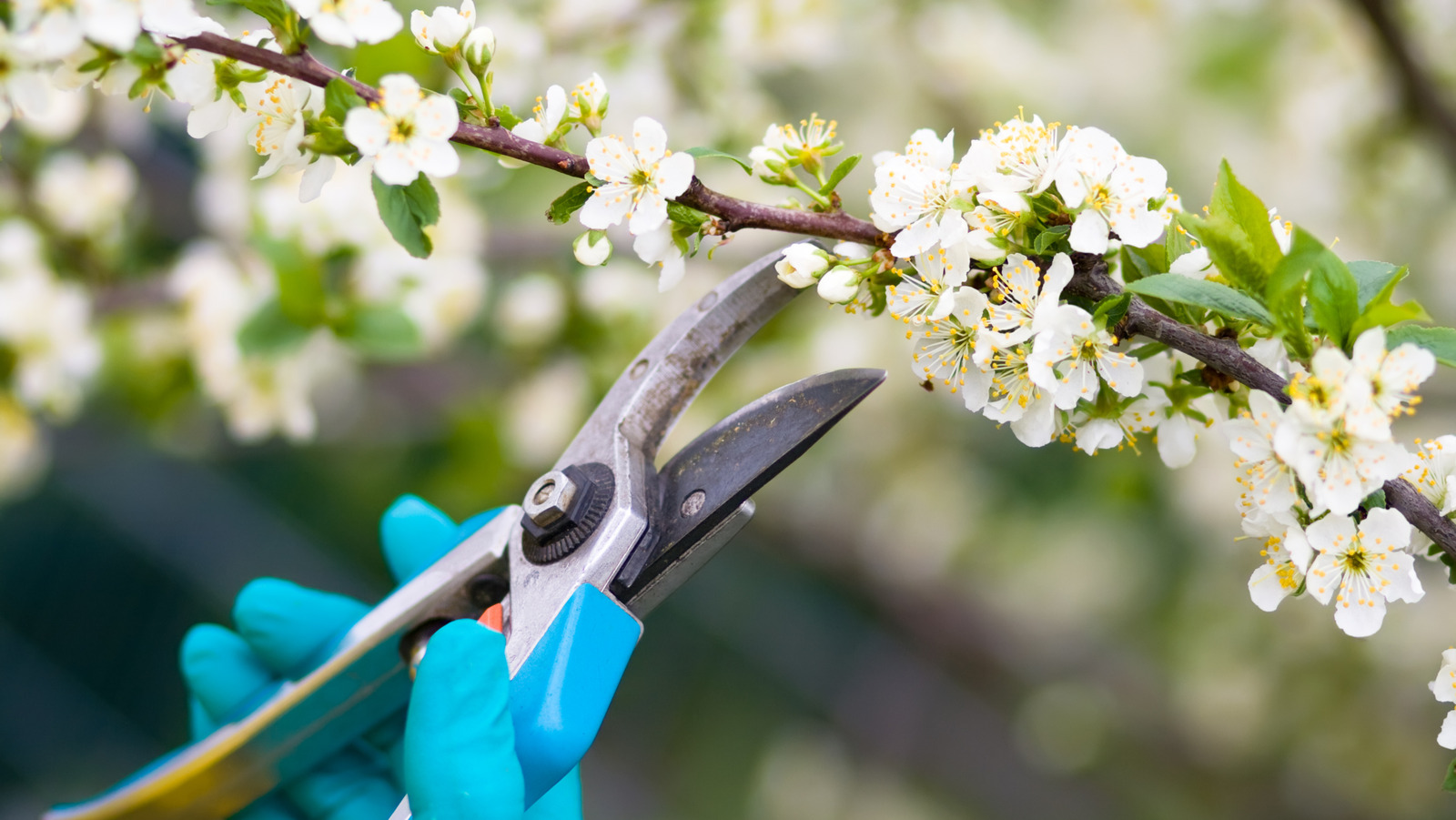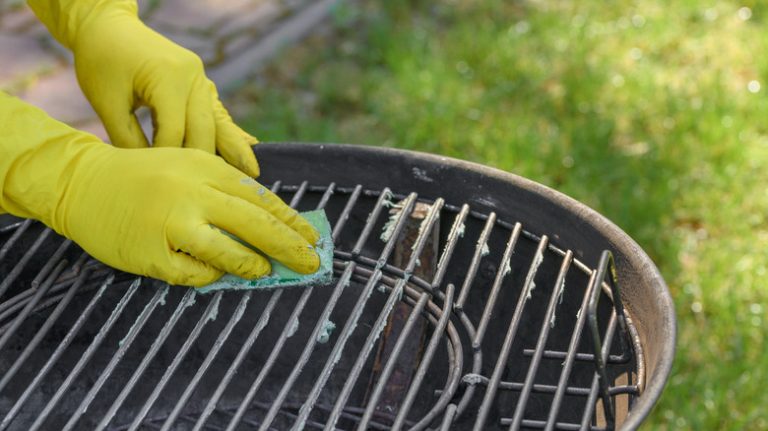
As the warm hints of spring start to appear, many of us are eager to grab our garden tools and get to work outside. However, when it comes to pruning your plants, it’s important to be cautious about when and how you do it. Some plants, like butterfly bush and hydrangea, benefit from a spring trim, while others, like clematis and azalea, could be harmed if pruned too close to bloom time.
In general, most plants should be pruned just after they finish flowering, which is usually late summer or fall. Some plants benefit from leaving their old growth to protect them over the winter, while others sprout new wood for spring growth. Pruning at the wrong time could stunt growth or remove future blooms. Always remove dead or diseased material immediately, regardless of the season.
When pruning, make sure your tools are sharp and sanitized for clean cuts. Cut at a 45-degree angle to help the plant heal faster. After pruning, add a layer of compost or fertilizer to provide nutrients for the growing season. Now, let’s take a look at which plants need to be pruned and which ones don’t.
Do prune: Butterfly bush
Butterfly bush (Buddleia spp.) grows in zones 5 through 9 and requires an annual spring pruning for good flowering. Using a process called rejuvenation, each branch should be cut back to about 1 foot in length. This may seem extreme, but anything less can result in a leggy plant with fewer flowers. Remove dead stems down to the base of the plant for best results.
Don’t prune: Rhododendron
Rhododendrons, including azaleas, don’t need much pruning. If they outgrow their space, wait until summer flowering has peaked to trim them. Only remove dead or diseased shoots as needed. If pruning is necessary, it’s safe to do so at any time.
Do prune: Rose of Sharon
Rose of Sharon (Hibiscus syriacus) typically doesn’t need much pruning. However, some gardeners trim for shape or to remove dead branches. Cut dead stems down to the base, and only cut damaged areas if needed. Annual pruning won’t harm the plant, but it may result in fewer but larger flowers.
Don’t prune: Weigela
Weigela (Weigela florida) is best pruned in midsummer, just after flowering. This timing allows new flowers to set on old wood for blooming the following spring. For reshaping, remove old interior branches in late winter.
Do prune: Lavender
Regular pruning is necessary to maintain healthy growth and shape for lavender. Prune in summer after flowering or in early spring before new growth begins. Pruning in spring removes dead foliage and stimulates new growth. Shape the plant into a rounded mound, and enjoy the fragrant scent in your garden.
Don’t prune: Honeysuckle
Honeysuckle requires minimal pruning for shape or direction. Early-flowering varieties should be pruned just after flowering in summer, while late-flowering types should be left alone. If necessary, prune in early spring.
Do prune: Ornamental grasses
Allow ornamental grasses to remain in your garden over winter for texture and bird food. In spring, cut them back to 3-6 inches for small grasses or 10 inches for taller ones. Prune after they are brown and dormant, but before they begin growing again in mid-spring.
Don’t prune: Forsythia
Trim Forsythia in early summer after flowering to prevent cutting next year’s buds on old wood. To maintain healthy flowering, avoid pruning later than late July.
Do prune: Dogwood
Dogwoods (Cornus spp.) benefit from occasional pruning if they become too large or have damaged limbs. Prune during dormancy to prevent sap bleeding. Trim dead or damaged branches and remove any suckers for best results.
Don’t prune: Camellias
Camellias typically don’t need pruning unless diseased or outgrown. Cutting them back can disrupt blooming for multiple seasons. If pruning is necessary, do so after flowering in early summer.
Do prune: Crepe myrtle
Crape myrtles (Lagerstroemia indica) are often over-pruned. Trim them when young to shape them as desired. Prune in late winter or early spring before new growth begins. Avoid “topping” the tree, as it can result in uneven regrowth.
Don’t prune: Lilac
Wait until early summer to prune lilacs after flowering. Twice-blooming varieties benefit from an early summer trim for fuller fall blooms. Avoid pruning after July to ensure next spring’s flowers.
Do prune: Evergreen trees
Evergreens rarely need pruning unless damaged or too large. Prune pine trees in early spring, arborvitae, hemlocks, and yews in early spring or summer, and spruce and fir trees in late winter or early spring. Junipers can be trimmed in mid- to late-spring.
Don’t prune: Clematis
Clematis require different pruning based on their type. Group 1 needs minimal pruning, Group 2 requires mild shaping before blooming, and Group 3 should be cut back extensively in late winter. Prune accordingly to encourage healthy growth.
Do prune: Hydrangea
Hydrangeas have different pruning needs depending on the variety. Panicle and smooth hydrangeas benefit from spring trimming, while big leaf hydrangeas should be pruned in the summer after blooming. Oakleaf hydrangeas should not be pruned in spring.






